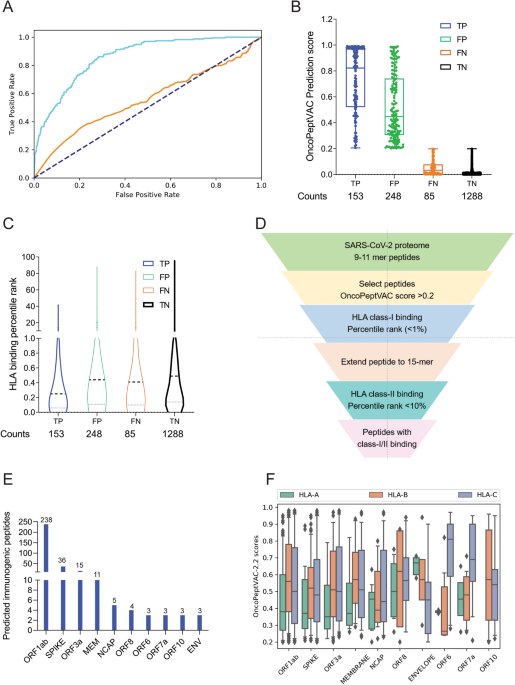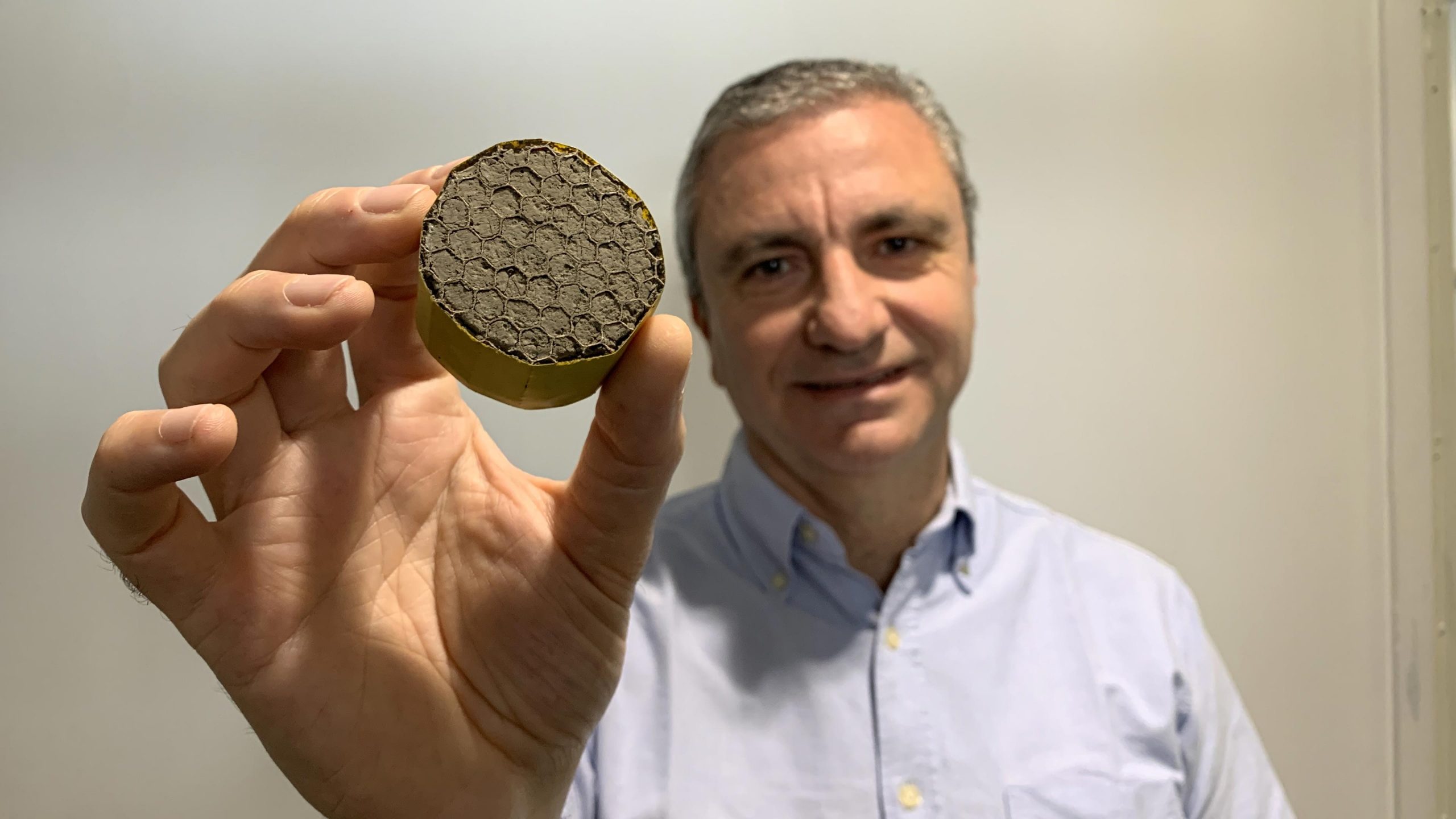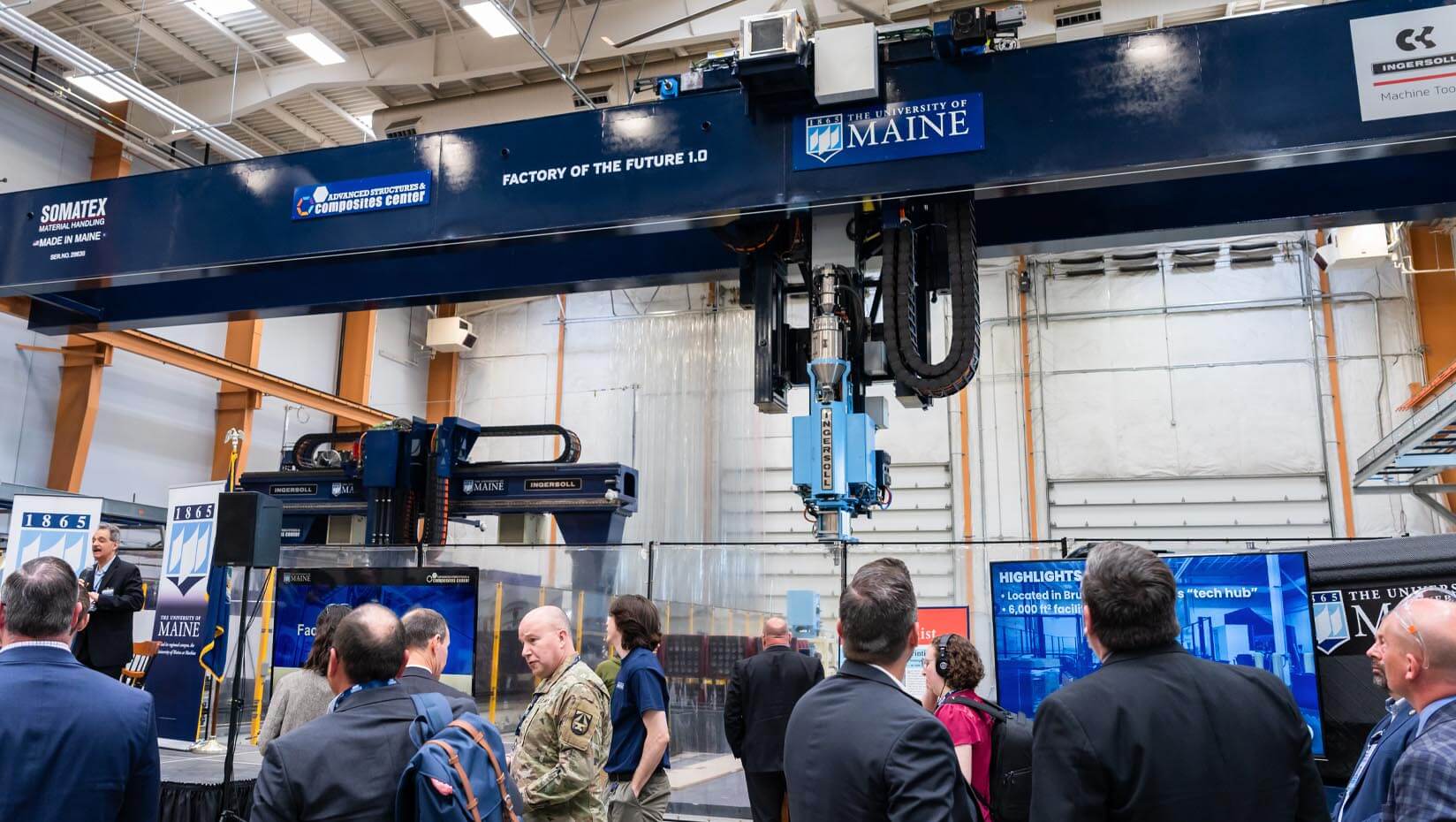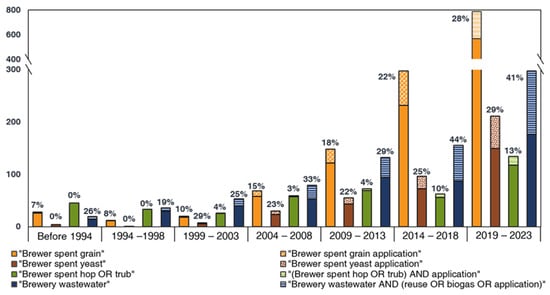
Quiet Spike - Wikipedia
Quiet Spike was a collaborative program between Gulfstream Aerospace and NASA's Dryden Flight Research Center to investigate the suppression of sonic booms. The patent was published with the United States Patent and Trademark Office in 2004 and is owned by Gulfstream Aerospace.
The program was intended to develop technology that may allow next generation supersonic transports to overfly populated areas at above Mach 1 (1225.0 km/h) without the high intensity of sonic boom that proved problematic for first generation supersonic transports such as Concorde (c.f. Operation Bongo).
The boom caused by Concorde generated substantial public opposition in the United States and eventually in other countries around the world with airspace the aircraft was supposed to fly through. This opposition made it impossible for Concorde to be a commercial success. The sonic boom issue was also a significant factor in the eventual cancellation of the Boeing 2707.[1]
Shock waves develop around aircraft as they near Mach 1 (1225.0 km/h). At ground level, these are perceived as a loud double boom or bang. Their intensity varies due to factors such as weather, refraction from different layers of atmospheric density, and size of the aircraft, but in general, from a supersonic aircraft of the size of a civilian airliner, the overpressure created at ground level is enough to rattle windows.
Leave a Comment
Related Posts

Covid-19 UK: Nearly one million people in England became addicted to alcohol during the pandemic
Comment
Worse Than The Disease? Reviewing Some Possible Unintended Consequences of The mRNA Vaccines Against COVID-19
Comment





















